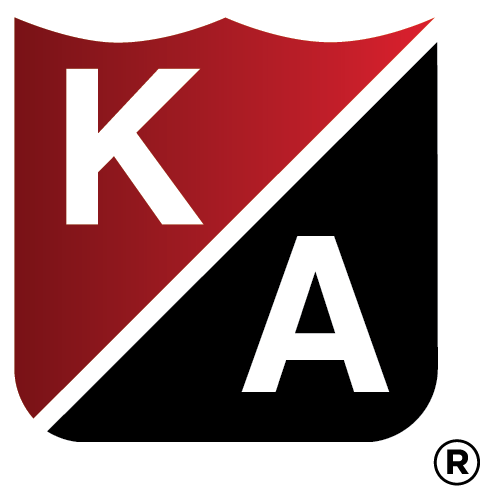No, the use of experience modification rates in contractor selection does not date back to the construction of the Parthenon in Greece almost 2500 years ago. It does, however, date back further than most working in the construction risk and insurance industry today might realize.
The year was 1978. The Construction Users Roundtable had merged six years earlier with The Business Roundtable and created a construction committee. The committee’s mission was to promote quality, efficiency, productivity, and cost-effectiveness in the industry. Many of the largest contractors and owners participated. The committee commissioned a research project called the Construction Industry Cost Effectiveness (CICE) project. The research included 125 companies, universities, and industry organizations. It included 23 separate research components and took 5 years to complete. One of those components was focused on safety.
In 1982 the CICE was completed. The study determined that construction in 1982 was a $300 billion industry, with workplace accidents accounting for 6.5% of the dollars spent. Reasonable reductions could decrease the cost of claims by 30% and the total cost of direct construction labor by 8%. To accomplish this, the study recommended more understanding by the owners of the economic impact and criteria used in the evaluation of contractor safety performance. The recommended benchmarks were OSHA recordable incidents and the experience modification rate. Out of this study was born the most widely used selection criteria. The entire 1982 safety research section can be found here. http://mail.curt.org/pdf/135.pdf
The research and recommendations picked up steam in the industry. By 1986 the Business Roundtable found that 36% of contractors, subcontractors, and owners were at least aware of the CICE report and 20% had put some of the recommendations in place. By 1988, Air Products and Chemicals, Inc. had received the first Construction Industry Safety Excellence (CISE) award from The Business Roundtable. They were recognized for implementing the safety recommendations including a maximum EMR of 1.04. Over 4 years, they hired 450 contractors at over 180 project locations. Those contractors had an overage EMR of .9 and the selection criteria resulted in a 250% improvement in recordable injuries. The original award details can be found here. http://mail.curt.org/pdf/1610_14.pdf
The CICE project and mission has since been supported at least in part, by two current organizations. One of the original recommendations was for the industry to create a construction research organization to focus on a wide range of industry issues. That recommendation led to the formation of the Construction Industry Institute (CII) in 1983. The CII continues today to lead the way with cutting edge research work with the support of owners, contractors, and academics. https://www.construction-institute.org/ Secondly, the Construction Users Roundtable which continues to support the industry in many ways was created in 2000 to continue the work of the Business Roundtable construction committee. More information on CURT is available here. https://www.curt.org/about-us/about-curt/
In 2018, contractor selection criteria have gotten much more sophisticated and includes many factors – both quantitative and qualitative. However, the experience modification rate continues to be one of the most widely used standard benchmarks in the construction industry which traces its history for at least 36 years.
Seth Hausman is Managing Director of Kraus-Anderson Risk Innovation and can be reached at [email protected] or (763) 233-2057. The author thanks Todd Rowland, Cove Programs Insurance Services for the historical document references.



